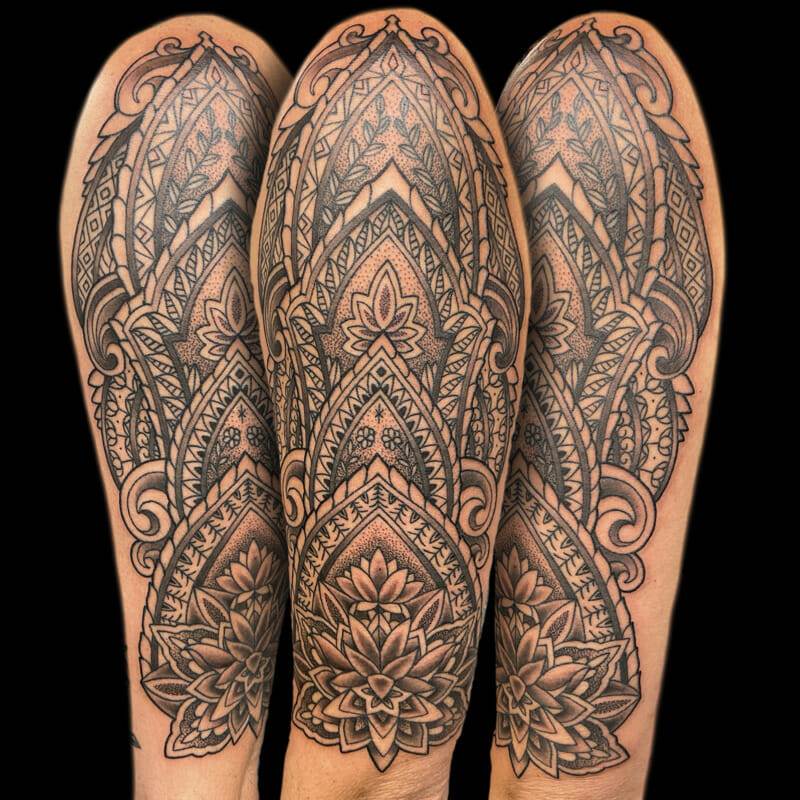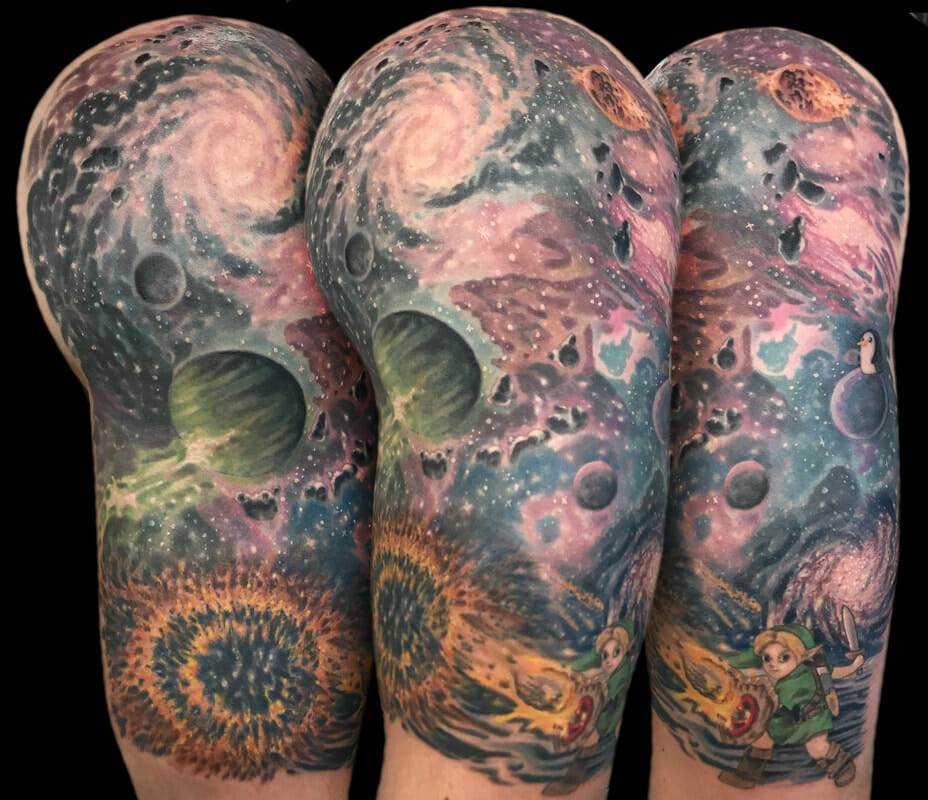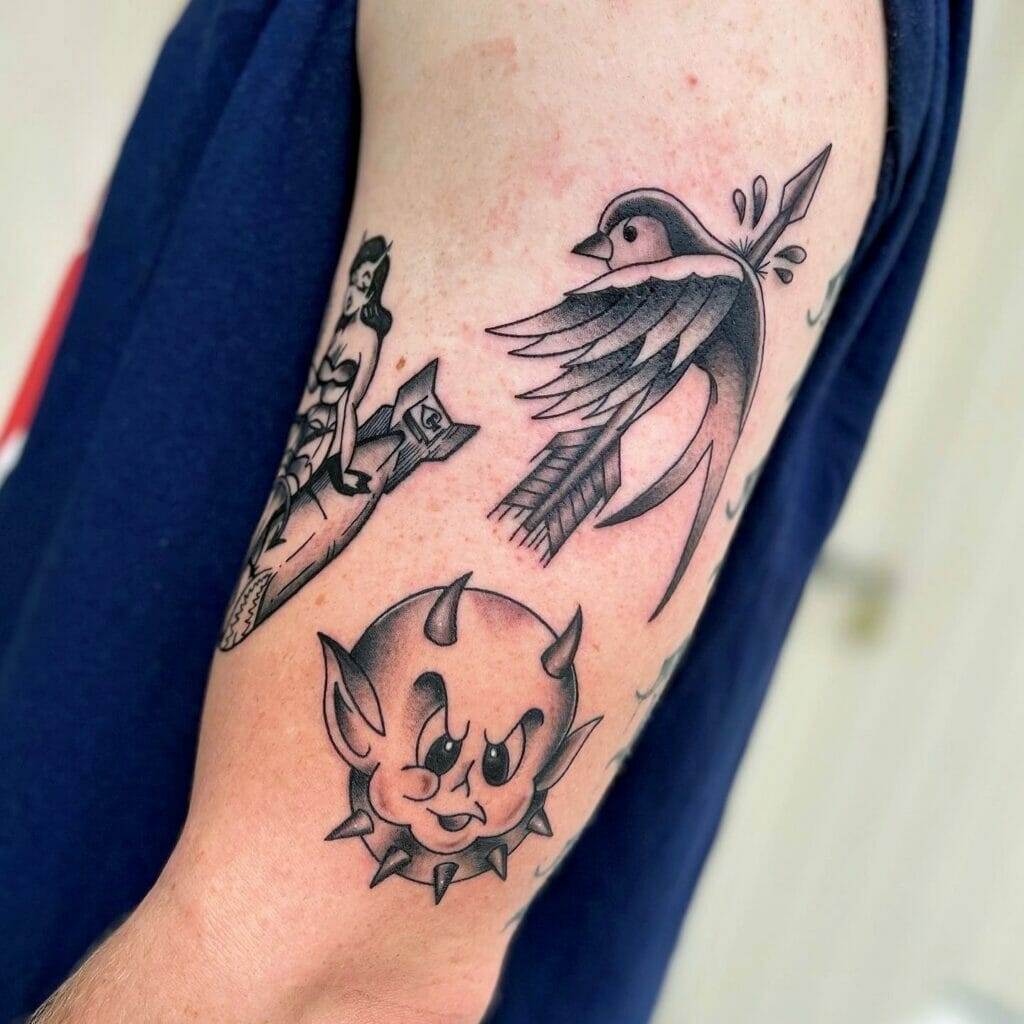Tattoos have been a form of self-expression for centuries, but in recent years, there has been a surge in the popularity of illustrative tattoos. These tattoos are characterized by their intricate and detailed designs, often resembling works of art on the skin. Unlike traditional tattoos that may focus on simple symbols or words, illustrative tattoos tell a story and convey a message through their imagery.
The Art of Storytelling Through Tattoos
One of the unique aspects of illustrative tattoos is their ability to tell a story. Each tattoo design is carefully crafted to convey a specific message or narrative. For example, a person may choose to get an illustrative tattoo that represents a significant event or milestone in their life. This could be anything from a birth of a child to overcoming a personal struggle. The tattoo becomes a visual representation of their journey and serves as a reminder of their strength and resilience.
Symbolism and Significance in Illustrative Tattoos
Symbolism plays a crucial role in tattoo art, especially in illustrative tattoos. Each symbol holds its own meaning and significance, allowing individuals to express themselves in a unique and personal way. For example, a lotus flower tattoo may symbolize purity and enlightenment, while a compass tattoo can represent guidance and direction in life. These symbols can be combined with other elements to create a more complex and meaningful design.
The Role of Culture and History in Tattoo Art
Culture and history have always influenced tattoo design, and this is especially true for illustrative tattoos. Different cultures have their own unique symbols and motifs that hold deep cultural significance. For example, in Japanese culture, the koi fish represents perseverance and determination, while in Maori culture, the koru symbolizes new beginnings and growth. By incorporating these cultural elements into their tattoos, individuals can pay homage to their heritage and connect with their roots.

The Impact of Nature and Animals in Illustrative Tattoos
Nature and animals have long been a popular theme in tattoo art, and this is no different for illustrative tattoos. These elements often symbolize various qualities and characteristics that individuals resonate with. For example, a wolf tattoo may represent loyalty and strength, while a tree tattoo can symbolize growth and resilience. By incorporating these natural elements into their tattoos, individuals can connect with the world around them and express their connection to nature.
The Power of Mythology and Folklore in Tattoo Design
Mythology and folklore have always been a rich source of inspiration for tattoo artists. These stories and legends often contain powerful symbols and characters that hold deep meaning. For example, a tattoo of a phoenix can represent rebirth and transformation, while a dragon tattoo may symbolize power and protection. By incorporating these mythological elements into their tattoos, individuals can tap into the timeless wisdom and symbolism of these ancient tales.
The Evolution of Illustrative Tattoos: From Traditional to Modern
Illustrative tattoos have come a long way from their traditional roots. In the past, tattoos were often simple and straightforward, with bold lines and limited color palettes. However, with advancements in tattooing techniques and equipment, artists are now able to create more intricate and detailed designs. Modern illustrative tattoos often feature realistic shading, vibrant colors, and a wide range of styles, from watercolor to dotwork.
The Influence of Pop Culture and Media on Tattoo Trends
Pop culture and media have a significant influence on tattoo trends, especially when it comes to illustrative tattoos. Movies, TV shows, books, and music often inspire people to get tattoos that pay homage to their favorite characters or stories. For example, Harry Potter fans may choose to get a tattoo of the Deathly Hallows symbol or a quote from the books. These tattoos not only serve as a way to express their love for the series but also as a reminder of the lessons and values they have learned from it.
The Role of Personal Experience in Tattoo Art
Personal experiences can be a powerful source of inspiration for tattoo art. Many people choose to get tattoos that represent significant moments or emotions in their lives. For example, someone who has overcome a battle with cancer may choose to get a tattoo that symbolizes their strength and resilience. These tattoos serve as a reminder of their journey and can provide comfort and healing during difficult times.
The Healing and Therapeutic Benefits of Illustrative Tattoos
Tattoos can have a profound impact on an individual’s mental and emotional well-being. For many people, getting a tattoo is a therapeutic experience that allows them to process and heal from past traumas or difficult experiences. The act of getting a tattoo can be empowering, as it allows individuals to take control of their bodies and reclaim their narrative. Additionally, the permanence of tattoos can serve as a constant reminder of one’s strength and resilience, providing comfort and support during challenging times.

The Enduring Appeal of Illustrative Tattoos and Their Meaningful Significance
Illustrative tattoos continue to be popular because they offer individuals a unique and meaningful way to express themselves. Through intricate designs, symbolism, and personal narratives, these tattoos become more than just ink on the skin – they become powerful symbols of identity, strength, and personal growth. Whether it’s through storytelling, cultural symbolism, or personal experiences, illustrative tattoos allow individuals to create a visual representation of who they are and what they value. As long as people continue to seek self-expression and connection through art, illustrative tattoos will remain an enduring form of body art.



